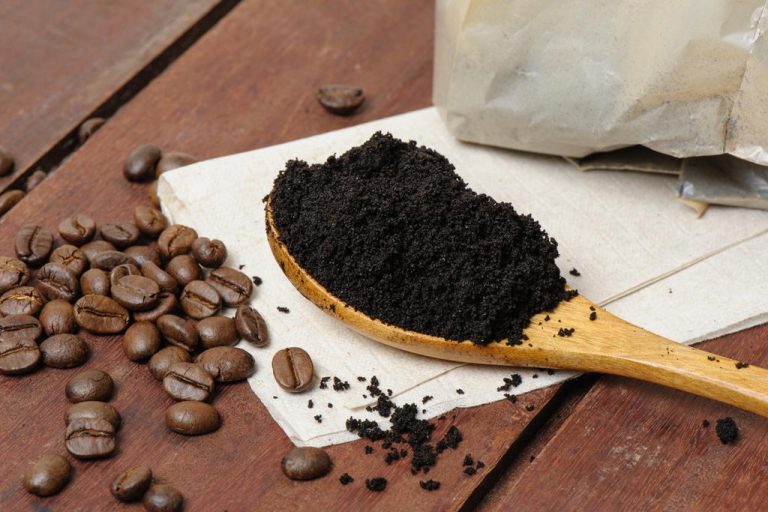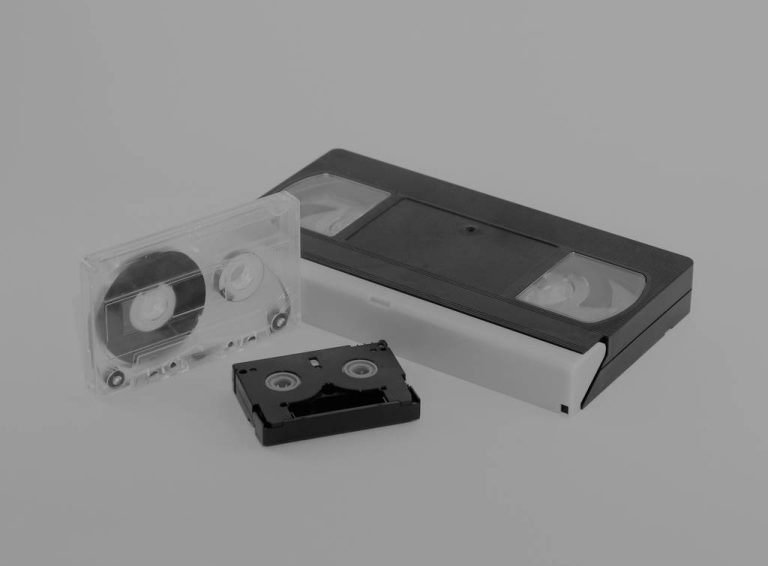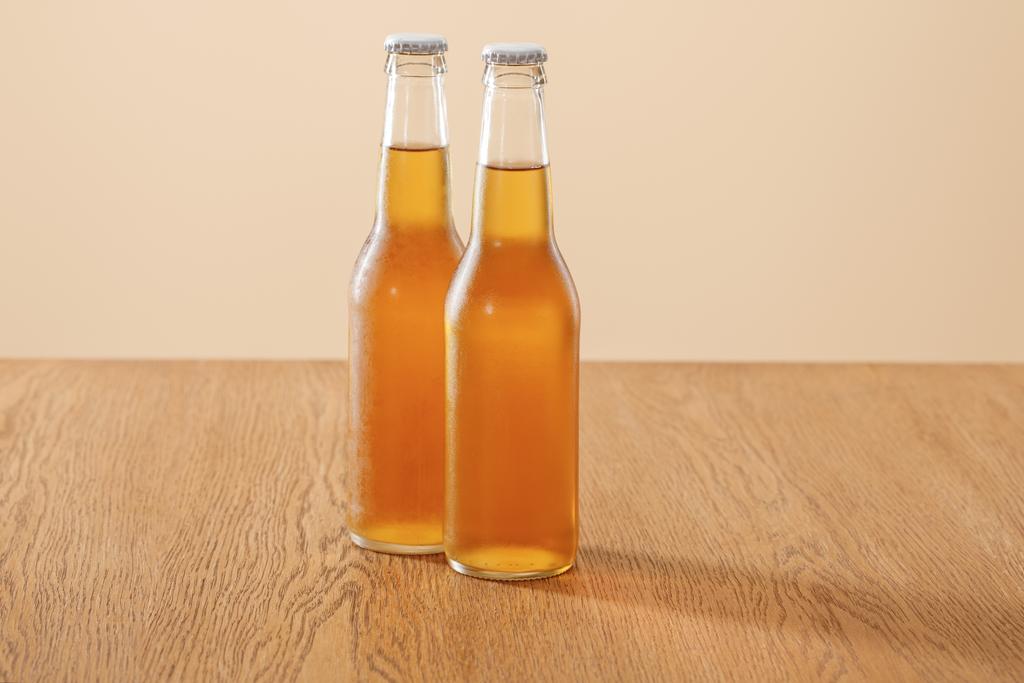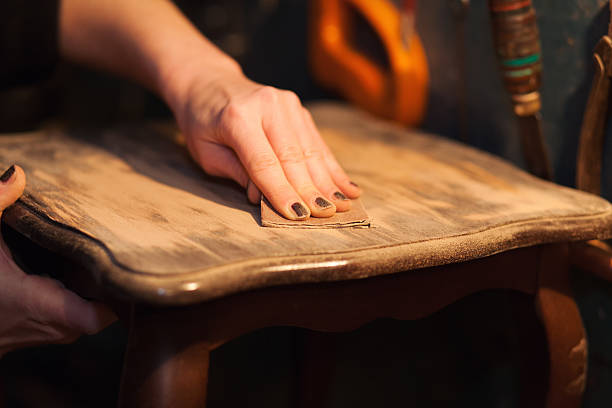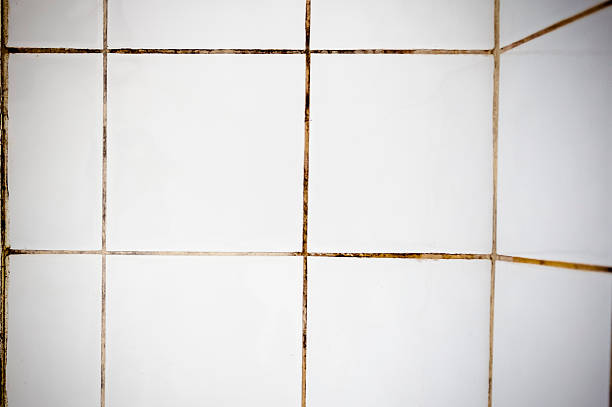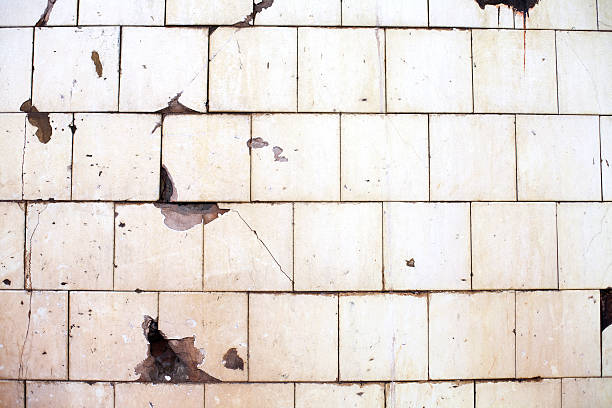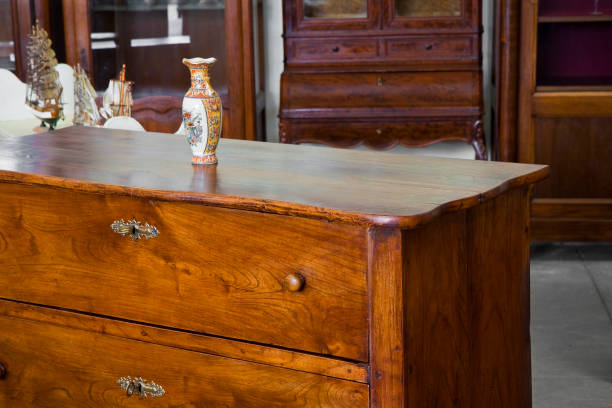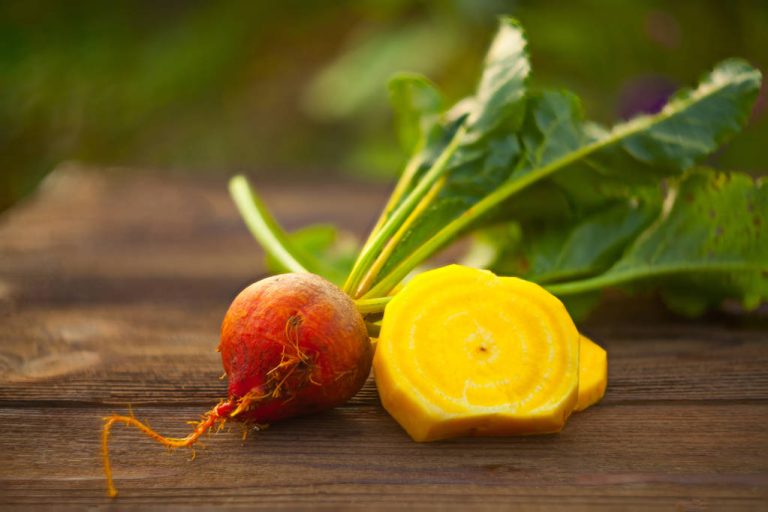Many people can’t start the day without coffee – but what to do with all the used coffee grounds? We have 10 reasons for you why you shouldn’t get rid of him.
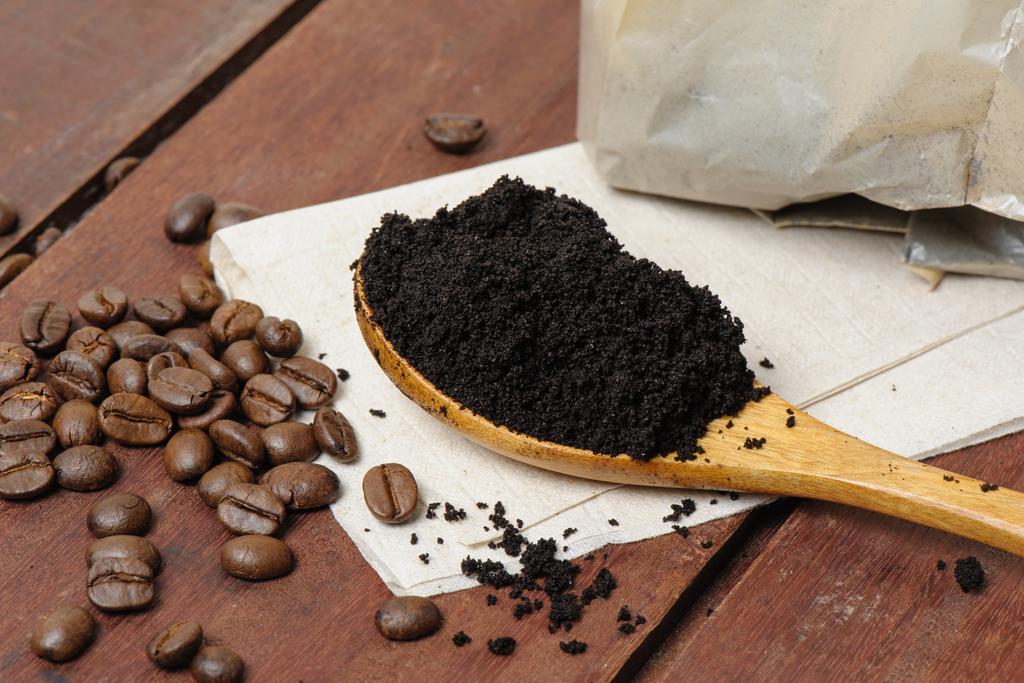
#1 Coffee grounds as a plastic-free scrub
Exfoliating the whole body from old coffee beans not only makes skin supple and smooth, but is also good for the environment. On the one hand, you save on the plastic packaging of the packed scrub, and on the other hand, your skin does not come into contact with microplastics or other unnatural ingredients. For the peeling, simply mix the coffee grounds with olive or coconut oil to create a crumbly paste and then use it in the shower.
#2 Touch up furniture scratches with coffee grounds
Moistening the coffee grounds slightly, mixing them with oil and then applying them to the scratches with a sponge or cotton swab will make most scratches invisible. The coffee grounds fill the grooves and the oil then closes them. Of course, this method is particularly suitable for dark furniture.
#3 Coffee grounds against unpleasant odors
The fridge smells like tuna, old cheese or other groceries? The coffee grounds can help because they neutralize unpleasant odors. Instead of disposing of the leftover coffee grounds, you can simply place them in a bowl in the fridge or kitchen. It almost magically attracts unpleasant smells.
#4 Coffee grounds as a natural fertilizer
Because coffee grounds contain many important nutrients such as potassium, phosphorus or nitrogen, they can also be used as fertilizer for indoor and garden plants. Hydrangeas, roses and blueberries in particular grow very well with coffee grounds. A positive side effect is that the coffee fertilizer attracts earthworms, which are known to loosen the soil and supply it with additional nutrients. However, you should be careful, because the coffee grounds must be completely dry, otherwise the plants can start to get moldy.
#5 Coffee grounds as snail protection
Because larger amounts of coffee can be deadly for snails, the molluscs try to avoid coffee and anything related to it. It is best to spread the coffee grounds in a ring around the beloved plants so that the snails are not tempted in the first place.
#6 Dye Easter eggs with coffee grounds
Instead of buying extra dye, you can simply use the coffee grounds for the brown color when dyeing eggs. Simply boil 50 to 70 grams of coffee grounds with two liters of water and simmer for about 20 minutes. Then add the raw eggs and wait another 10 minutes.
#7 Coffee grounds as an abrasive
Coffee grounds effectively clean burnt-in dirt, dirty grill grates and greasy baking tins. It’s easy to use: simply place the coffee grounds on a sponge, scrub the relevant surfaces and then rinse off with clear water. Deposits in bottles or thermos flasks can also be removed with coffee grounds: Simply put one or two tablespoons in the container, pour in hot water and leave to work.
#8 Coffee grounds as a hair treatment
Strong and shiny hair thanks to caffeine – just add some coffee grounds to your regular shampoo and lather the shampoo as usual. This trick is particularly recommended for dark hair types, since the coffee grounds are easier to see on very light hair.
#9 Reading the future with coffee grounds
The art of reading coffee grounds is said to originally go back to the Ottomans. A coffee with a lot of coffee grounds, for example a mocha, is ideal for this. Here you turn the coffee cup (preferably after drinking) on the saucer. After a few minutes you can turn the cup over again and interpret the resulting patterns and lines accordingly. Depending on the interpretation, exciting messages of fate can be derived from this. Anyone who wants to take coffee grounds reading a bit more seriously should read something about it in a corresponding book.

#10 Clean the chimney with coffee grounds
Cozy winter evenings in front of the fireplace with a hot drink and a good book: the next day you usually just don’t feel like shoveling all the ashes out of the fireplace and cleaning everything. If you spread damp coffee grounds on the fireplace ash, the ash can be removed without any problems the next day.

